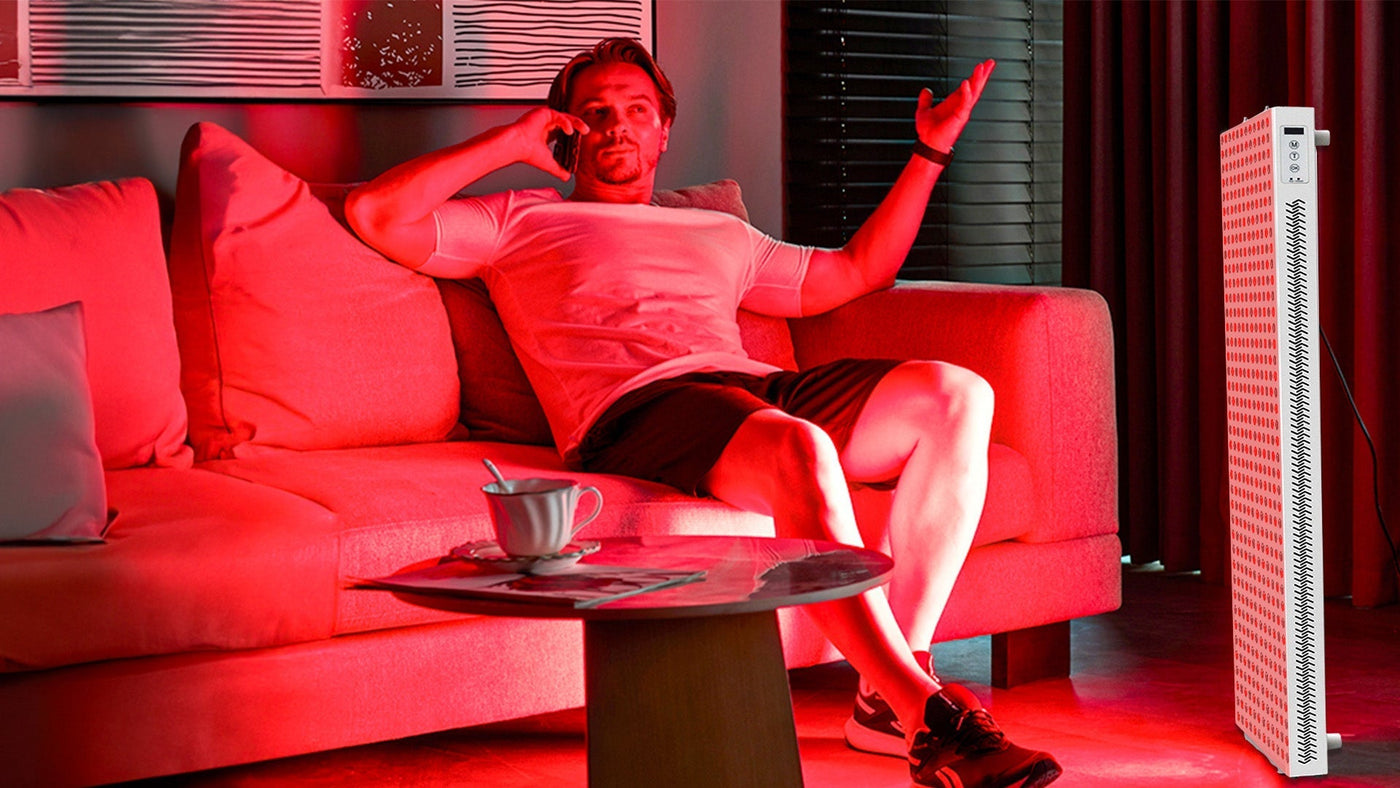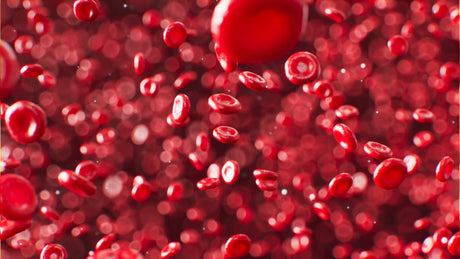Medical-Grade Red Light Therapy at Home: Embracing the Healing Power of Natural Light
For over four decades, red and near-infrared light therapy has been at the forefront of scientific research for its powerful ability to reduce pain and inflammation, accelerate healing, and improve overall cellular performance. Backed by thousands of clinical trials, this once clinic-exclusive technology is now available in medical-grade home devices, making professional-level therapy part of your daily wellness routine—conveniently and safely.
But what exactly makes red light therapy so effective? And more importantly, is it safe? In this article, we dive into the science behind this natural healing method, its treatment mechanisms, and why LED-based red light therapy is gaining traction worldwide.
What Is Red and Near Infrared Light Therapy?
The Basics of Photobiomodulation (PBM)
Also known as Photobiomodulation (PBM), red and near infrared light therapy uses specific wavelengths of visible (red) and non-visible (near-infrared) light—typically in the 660nm and 850nm range—to penetrate the skin and stimulate cellular processes.
Unlike UV rays, these wavelengths do not cause damage, heat, or side effects, making them ideal for frequent use. Instead, this type of light enhances our cells’ energy production—an effect that translates into real, tangible health benefits.
🧪 Recommended reading: What is Photobiomodulation? (National Library of Medicine)
How Does It Work?
The Science Behind Cellular Energy
At the heart of red light therapy is the mitochondrion—often called the “powerhouse of the cell.” Red and near infrared photons are absorbed by an enzyme called cytochrome c oxidase, which boosts the mitochondria’s ability to produce ATP (adenosine triphosphate), or cellular energy.
Think of your cells like tiny solar panels. When they receive the right light, they generate more power. This “biological recharge” leads to faster healing, reduced inflammation, better skin health, and even improved brain function.
🌐 Reference source:Mechanisms of Low-Level Light Therapy
Is It Effective?
Evidence-Based Results Across the Board
The effectiveness of red and near infrared LED devices has been confirmed in over 3,000 peer-reviewed studies. Here are just a few areas where these devices have shown clinically meaningful improvements:
🔋 Increased Energy
By fueling mitochondria, red light therapy helps cells produce more energy. Users often report reduced fatigue, sharper focus, and more stamina throughout the day—without caffeine or stimulants.
🔥 Enhanced Fat Loss
Red light has been shown to support the breakdown of stored fat by promoting lipolysis and increasing metabolic activity. When combined with a healthy lifestyle, it can amplify fat-burning results and improve body composition.
💪 Faster Muscle Recovery
Athletes and active individuals use red light therapy to reduce muscle soreness, minimize inflammation, and accelerate repair after intense workouts or injuries. This leads to improved performance and shorter recovery windows.
🦵 Reduced Inflammation & Joint Pain
Chronic inflammation is a root cause of many health issues. Red light therapy helps regulate inflammatory markers and relieve joint pain, arthritis symptoms, and tissue stiffness, making movement easier and more comfortable.
✨ Improved Skin Health & Appearance
Red light stimulates circulation and cell regeneration in the skin, visibly improving tone, texture, and clarity. It helps reduce acne, rosacea, and redness, and even tightens the skin naturally—no chemicals or injections needed.
🧵 Increased Collagen Production
By activating fibroblasts, red light therapy promotes collagen and elastin synthesis, reducing fine lines, wrinkles, and sagging skin. Over time, this helps restore a firmer, more youthful complexion.
🧠 Improved Mood & Cognitive Function
Regular red light exposure has been linked to improved mood, reduced anxiety, and better mental clarity. It supports brain health by enhancing blood flow, reducing oxidative stress, and even helping alleviate “brain fog.”
📚 Research Backing:Red Light Therapy Benefits and Clinical Trials (PubMed)
Safety First
Why Red Light Therapy Has No Known Side Effect
One of the most reassuring aspects of red and near infrared therapy is its excellent safety profile. As long as proper dosage and distance are followed, these treatments have shown no harmful side effects in humans.
This is largely due to a concept called the biphasic dose response: too little energy has no effect, just enough triggers healing, and too much may reduce the benefits—but none of these outcomes are harmful, only varied in efficacy.
💡 Warm reminder: Always adjust the distance and time according to the equipment instructions for the best results.

Systemic Effects: Healing Beyond the Surface
How Local Light Therapy Creates Body-Wide Benefits
One fascinating aspect of red and near infrared therapy is its systemic effect. Even if you only treat one area, the improved cellular function can lead to benefits throughout the entire body. This is due to the release of molecules like serotonin, endorphins, and the discovery of free-floating mitochondria in the bloodstream, which amplify the therapy’s reach.
Light as Nature’s Medicine
Red and near infrared light therapy is more than a wellness trend—it's a science-backed, safe, and effective treatment with powerful systemic benefits. As our understanding grows, so too does our ability to harness this natural phenomenon in more accessible and intelligent ways.
Whether you're recovering from a workout, dealing with chronic pain, or simply looking to support healthy aging, Medical-Grade Red Light Therapy at Home offers a practical, safe, and effective way to restore balance and vitality—powered by light itself.
🧠 Further reading: Red Light Therapy for Cognitive Health
At ELVISH, we believe that red and near infrared light impacts every user differently. Based on the science, we believe the benefits from use are best understood systemically and for this reason we provide generalized treatment guidelines. Even though each one of us is capable of absorbing red and infrared light, our body is the ultimate decision maker on how the light will be used. This is also one of the reasons why we believe full-body treatments are key. The more of your body you can expose per treatment, the greater the chance for it to respond to the light. Although we feel full-body treatments are optimal, using a small or moderate size device like the ELVISH E300 can also be very effective.
In summary, we hope you walk away understanding how the use of red and near infrared light can lead to overall systemic effects throughout the body, resulting in a wide range of health benefits. We recommend following our device specific treatment guidelines to make sure you’re getting the most out of each session.









